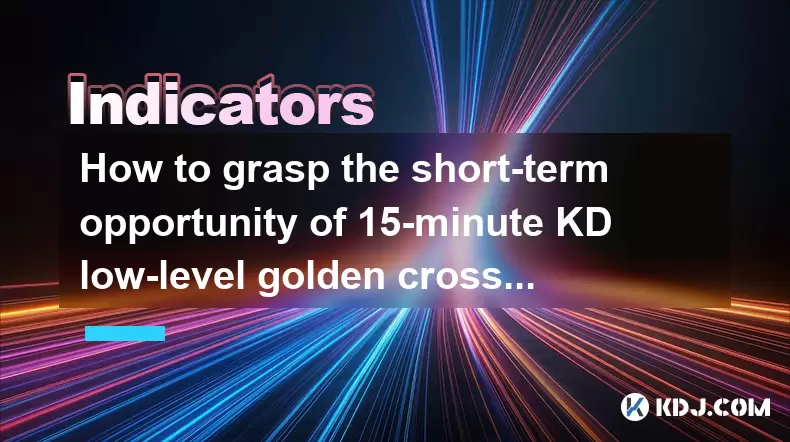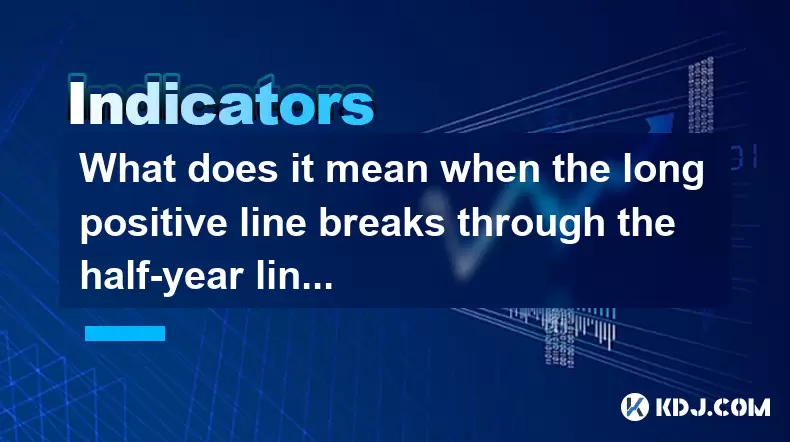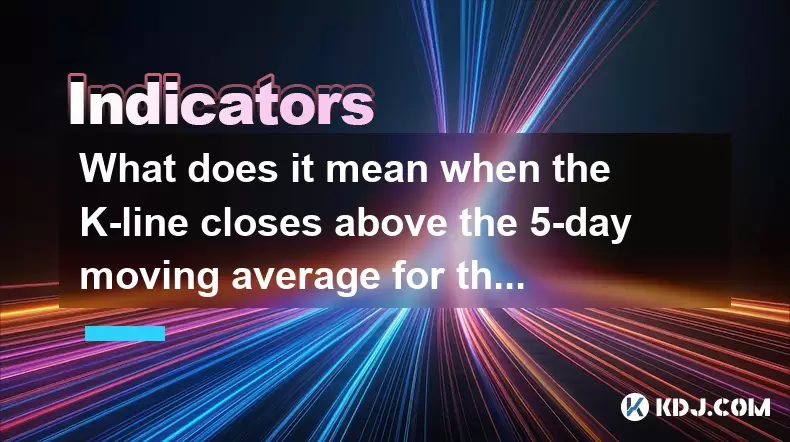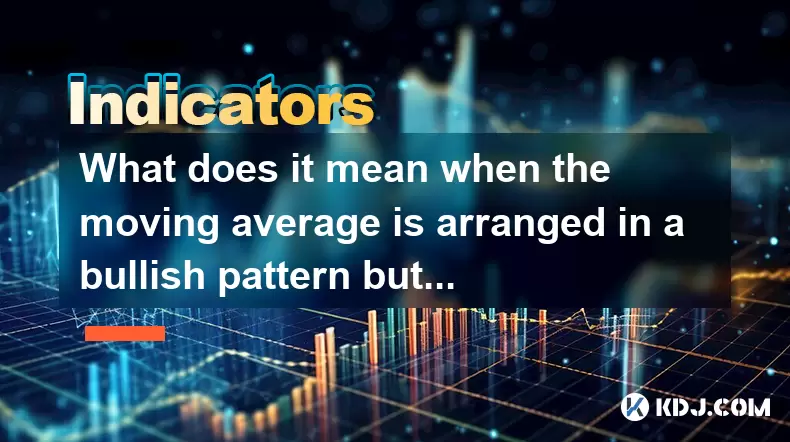-
 Bitcoin
Bitcoin $115100
-2.99% -
 Ethereum
Ethereum $3642
-1.38% -
 XRP
XRP $3.027
-5.51% -
 Tether USDt
Tether USDt $1.000
-0.05% -
 BNB
BNB $763.4
-1.32% -
 Solana
Solana $177.2
-5.42% -
 USDC
USDC $0.9999
-0.02% -
 Dogecoin
Dogecoin $0.2247
-6.47% -
 TRON
TRON $0.3135
0.23% -
 Cardano
Cardano $0.7824
-4.46% -
 Hyperliquid
Hyperliquid $42.53
-0.97% -
 Stellar
Stellar $0.4096
-6.09% -
 Sui
Sui $3.662
-2.61% -
 Chainlink
Chainlink $17.63
-3.57% -
 Bitcoin Cash
Bitcoin Cash $536.3
2.94% -
 Hedera
Hedera $0.2450
0.34% -
 Avalanche
Avalanche $23.23
-3.15% -
 Litecoin
Litecoin $112.2
-1.23% -
 UNUS SED LEO
UNUS SED LEO $8.976
-0.30% -
 Shiba Inu
Shiba Inu $0.00001341
-2.72% -
 Toncoin
Toncoin $3.101
-2.44% -
 Ethena USDe
Ethena USDe $1.001
-0.05% -
 Uniswap
Uniswap $10.08
-1.97% -
 Polkadot
Polkadot $3.938
-2.77% -
 Monero
Monero $323.9
0.87% -
 Dai
Dai $0.9999
-0.02% -
 Bitget Token
Bitget Token $4.481
-1.69% -
 Pepe
Pepe $0.00001199
-5.94% -
 Aave
Aave $288.2
-0.68% -
 Cronos
Cronos $0.1279
0.36%
How to grasp the short-term opportunity of 15-minute KD low-level golden cross + 5-minute long Yang breakthrough?
The 15-minute KD golden cross below 20 signals a potential reversal; confirm with a 5-minute long Yang breakout above resistance for high-probability long entries.
Jul 24, 2025 at 08:29 am

Understanding the 15-Minute KD Low-Level Golden Cross
The KD indicator, also known as the Stochastic Oscillator, measures the momentum of price movements by comparing a cryptocurrency’s closing price to its price range over a specific period. The "K" line reflects the current momentum, while the "D" line is a moving average of the K line. A golden cross occurs when the K line crosses above the D line, particularly when both are below 20, indicating an oversold condition. In the 15-minute timeframe, this signal suggests a potential reversal from a downtrend to an uptrend.
Traders should monitor the 15-minute chart closely when both K and D values are under 20. This low-level zone increases the reliability of the golden cross as a reversal signal. It is critical to wait for the full candlestick to close after the cross to avoid false signals caused by intra-candle volatility. Once confirmed, the golden cross in the oversold region becomes a strong candidate for a short-term long entry, especially when supported by other indicators or patterns.
Interpreting the 5-Minute Long Yang Breakthrough
A long Yang candle on a Japanese candlestick chart refers to a bullish candle with a significantly longer body than previous candles, indicating strong buying pressure. On the 5-minute chart, such a candle appearing immediately after a consolidation or downtrend can signal a sudden shift in market sentiment. The term "breakthrough" implies that this long bullish candle closes above a recent resistance level, such as a descending trendline or a moving average.
To confirm this signal, traders should check whether the volume accompanying the long Yang candle is substantially higher than average. Elevated volume validates the strength of the breakout. Additionally, the high of the long Yang candle should exceed the high of the previous one or two candles, showing momentum acceleration. When this occurs on the 5-minute chart, it acts as a micro-trend confirmation that aligns with the broader reversal signal from the 15-minute KD cross.
Combining Both Signals for Entry Precision
The strategy hinges on the convergence of signals from two timeframes. The 15-minute KD golden cross provides the macro context — a potential reversal from oversold conditions. The 5-minute long Yang breakthrough offers precise timing for entry. Traders should not act on either signal alone but wait for both to align.
- Monitor the 15-minute chart for the KD lines to cross above each other below level 20
- Switch to the 5-minute chart and wait for a bullish candle with a large body to form
- Ensure this candle closes above the high of the prior candle or a defined resistance
- Confirm that the volume spike accompanies the breakout candle
- Enter a long position at the close of the breakthrough candle or at the open of the next
This dual-timeframe confirmation reduces the risk of false entries and increases the probability of capturing a short-term upward move.
Setting Stop-Loss and Take-Profit Levels
Risk management is crucial in short-term trading. After entering a long position based on the combined signals, define stop-loss and take-profit levels with precision. The stop-loss should be placed just below the low of the 5-minute long Yang candle. This level acts as a logical point where the breakout thesis would be invalidated.
For take-profit, consider using a risk-reward ratio of at least 1:2. Measure the distance from entry to stop-loss, then project twice that amount upward from the entry point. Alternatively, target the nearest resistance level on the 15-minute chart, such as a previous swing high or a Fibonacci extension level. Traders may also use a trailing stop to capture extended moves if momentum continues.
It is essential to adjust position size so that the monetary risk per trade does not exceed 1% to 2% of the total trading capital. This ensures sustainability even during losing streaks.
Backtesting the Strategy on Historical Data
Before deploying this strategy in live markets, conduct thorough backtesting on historical cryptocurrency price data. Select a major asset like BTC/USDT or ETH/USDT and gather at least three months of 5-minute and 15-minute candle data. Use a charting platform that supports KD indicator settings (typically 9,3,3) and allows visual inspection of candle patterns.
- Identify all instances where the 15-minute KD crossed above in the below-20 zone
- For each signal, check if a 5-minute long Yang candle broke out within the next 1–3 candles
- Record the outcome: did price rise at least 1.5 times the risk distance?
- Calculate the win rate and average profit/loss per trade
Automated backtesting tools like TradingView’s Pine Script can help streamline this process. Define entry rules using code: crossunder(stoch(k), 20) and crossover(k, d) for the KD cross, and close > open * 1.003 and close > high[1] for the long Yang breakout. Run the script across multiple assets to assess consistency.
Common Pitfalls and How to Avoid Them
One major risk is overtrading during low-volatility periods. The KD indicator can generate false crosses when the market is ranging. Avoid entries if the 15-minute price action shows tight consolidation without clear direction. Another issue is ignoring higher timeframe trends. If the 1-hour chart is in a strong downtrend, counter-trend entries based on 15-minute signals may fail.
Slippage and latency can impact execution, especially on smaller exchanges. Use limit orders instead of market orders to control entry price. Also, news events can distort technical patterns. Avoid trading this strategy minutes before major announcements like Fed decisions or exchange outages.
FAQs
What is the ideal setting for the KD indicator in this strategy?
The standard 9,3,3 setting is recommended: 9 periods for the %K, 3 for the %D (smoothing), and 3 for the second smoothing. This balances sensitivity and reliability on 15-minute charts. Adjusting these values may lead to premature signals or delayed responses.
How long should I hold the position after entry?
Hold until the take-profit is hit or the stop-loss is triggered. Some traders exit half the position at 1:1 risk-reward and let the rest run with a trailing stop. Do not hold beyond 4–6 candles on the 15-minute chart unless strong momentum persists.
Can this strategy be applied to altcoins?
Yes, but only to high-liquidity altcoins like SOL, BNB, or ADA. Low-volume coins may exhibit erratic candle patterns and unreliable KD signals due to market manipulation or thin order books.
What should I do if the long Yang candle is followed by a doji or bearish candle?
Treat it as a warning. A doji or bearish reversal candle after the breakout suggests indecision or rejection. Consider closing the position early or tightening the stop-loss to breakeven to protect profits.
Disclaimer:info@kdj.com
The information provided is not trading advice. kdj.com does not assume any responsibility for any investments made based on the information provided in this article. Cryptocurrencies are highly volatile and it is highly recommended that you invest with caution after thorough research!
If you believe that the content used on this website infringes your copyright, please contact us immediately (info@kdj.com) and we will delete it promptly.
- Kiyosaki's Crypto Playbook: Ditching Paper for Real Assets Like Bitcoin
- 2025-07-25 22:30:11
- Satoshi-Era Whales Stir the Bitcoin Pot: What's the Deal?
- 2025-07-25 22:30:12
- Pi Coin Value in Indian Rupees (INR) 2024: Decoding the Hype
- 2025-07-25 21:45:50
- Crypto Investing: Top Picks and Meme Coin Mania in '25
- 2025-07-25 21:52:07
- Ark Invest's Portfolio Rebalance: Coinbase, Block, and the Crypto Shift
- 2025-07-25 21:52:07
- Bitcoin's Wild Ride: Sell-offs, Volatility, and What's Next
- 2025-07-25 21:55:18
Related knowledge

How to interpret that the KDJ D line is downward for a long time but the price is sideways?
Jul 25,2025 at 07:00pm
Understanding the KDJ Indicator and Its ComponentsThe KDJ indicator is a momentum oscillator widely used in cryptocurrency trading to assess overbough...

What does it mean that the KDJ indicator forms a double bottom at a low level?
Jul 25,2025 at 05:08pm
Understanding the KDJ Indicator in Cryptocurrency TradingThe KDJ indicator is a momentum oscillator widely used in cryptocurrency trading to identify ...

What does it mean that the RSI continues to hover in the 40-60 range?
Jul 25,2025 at 11:07pm
Understanding the RSI and Its Typical BehaviorThe Relative Strength Index (RSI) is a momentum oscillator that measures the speed and change of price m...

What does it mean when the long positive line breaks through the half-year line and then steps back?
Jul 25,2025 at 06:49pm
Understanding the Long Positive Line in Candlestick ChartsIn the world of cryptocurrency trading, candlestick patterns play a vital role in technical ...

What does it mean when the K-line closes above the 5-day moving average for three consecutive days?
Jul 25,2025 at 10:07pm
Understanding the K-line and 5-day Moving AverageThe K-line, also known as a candlestick, is a critical charting tool used in technical analysis to re...

What does it mean when the moving average is arranged in a bullish pattern but the K-line closes negatively continuously?
Jul 25,2025 at 10:56pm
Understanding the Bullish Moving Average PatternWhen the moving average (MA) lines are arranged in a bullish pattern, it typically indicates that shor...

How to interpret that the KDJ D line is downward for a long time but the price is sideways?
Jul 25,2025 at 07:00pm
Understanding the KDJ Indicator and Its ComponentsThe KDJ indicator is a momentum oscillator widely used in cryptocurrency trading to assess overbough...

What does it mean that the KDJ indicator forms a double bottom at a low level?
Jul 25,2025 at 05:08pm
Understanding the KDJ Indicator in Cryptocurrency TradingThe KDJ indicator is a momentum oscillator widely used in cryptocurrency trading to identify ...

What does it mean that the RSI continues to hover in the 40-60 range?
Jul 25,2025 at 11:07pm
Understanding the RSI and Its Typical BehaviorThe Relative Strength Index (RSI) is a momentum oscillator that measures the speed and change of price m...

What does it mean when the long positive line breaks through the half-year line and then steps back?
Jul 25,2025 at 06:49pm
Understanding the Long Positive Line in Candlestick ChartsIn the world of cryptocurrency trading, candlestick patterns play a vital role in technical ...

What does it mean when the K-line closes above the 5-day moving average for three consecutive days?
Jul 25,2025 at 10:07pm
Understanding the K-line and 5-day Moving AverageThe K-line, also known as a candlestick, is a critical charting tool used in technical analysis to re...

What does it mean when the moving average is arranged in a bullish pattern but the K-line closes negatively continuously?
Jul 25,2025 at 10:56pm
Understanding the Bullish Moving Average PatternWhen the moving average (MA) lines are arranged in a bullish pattern, it typically indicates that shor...
See all articles

























































































